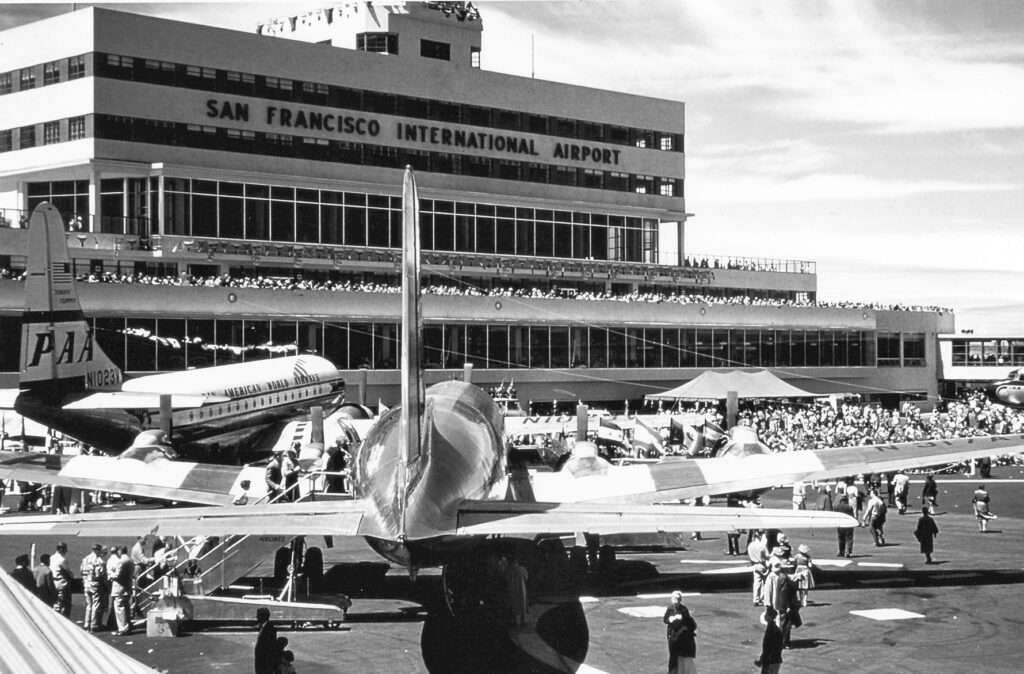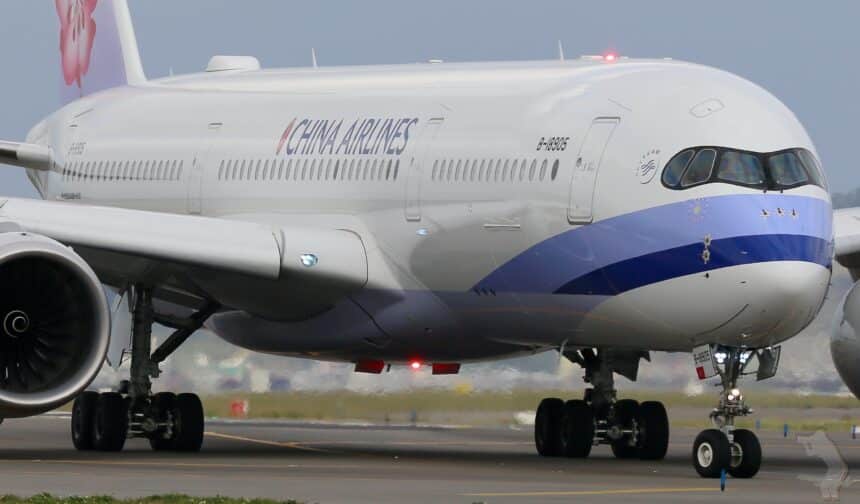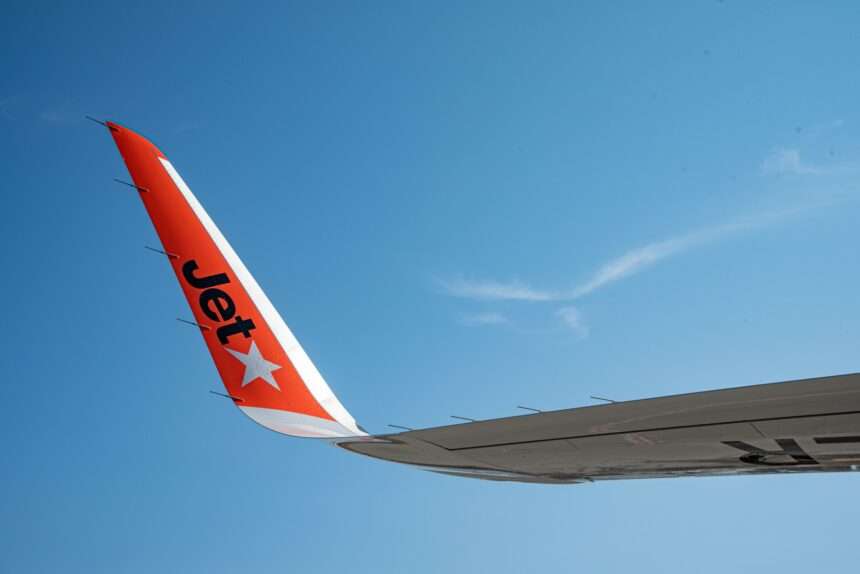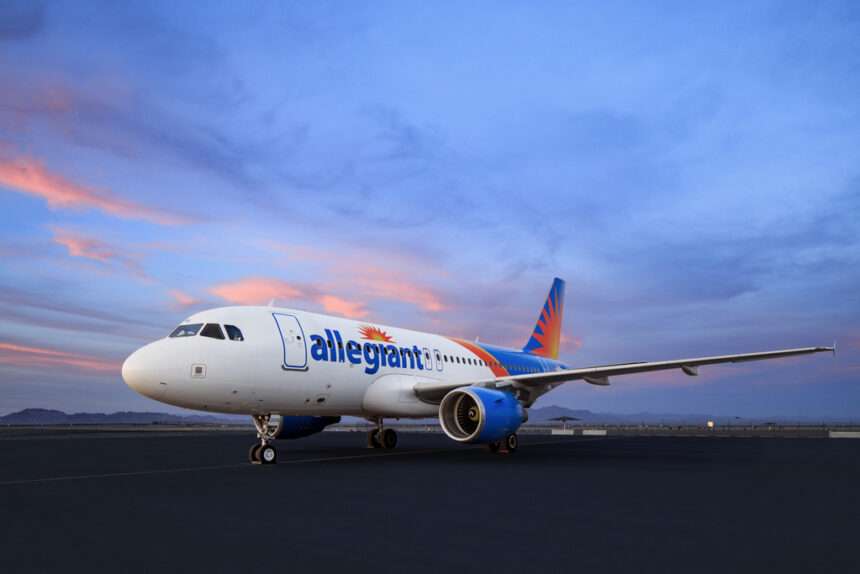San Francisco International Airport (SFO), a bustling hub connecting the Bay Area to the world, boasts a rich history that reflects the evolution of commercial aviation itself.
Its story begins not with soaring terminals, but with a humble cattle ranch and a vision for the future of flight.
Humble Beginnings: Mills Field Takes Flight (1927-1940s)
The year was 1927.
San Francisco, yearning to become a key player in the burgeoning air travel industry, leased 150 acres of land from the Mills Estate, south of the city.
This former cow pasture, named Mills Field Municipal Airport of San Francisco, was a far cry from the modern airport we know today.
Its sole runway, a dirt strip just under 5,000 feet long, welcomed a mere 19 passengers in its first month.
Despite its modest beginnings, Mills Field witnessed significant growth.
Scheduled passenger service arrived in 1928, and by 1930, the City purchased the land permanently.
The following year, the name was streamlined to San Francisco Airport.
The airport played a crucial role in the development of transcontinental airmail service.
Airlines like Boeing Air Transport pioneered routes connecting the East and West Coasts.
Furthermore, as the 1930s progressed, the airport underwent essential upgrades.
Paved runways replaced the original dirt strip, and new terminal facilities were constructed to accommodate the increasing passenger numbers.
The iconic Pan Am Clipper flying boats, symbols of luxury air travel, used nearby Treasure Island for their Pacific operations, further solidifying San Francisco’s position as a transportation hub.
World War II and Transformation (1940s)
The outbreak of World War II significantly impacted San Francisco Airport. Passenger service declined as the focus shifted to military operations.
The airport became a vital training and staging base for the US Army Air Corps and Coast Guard, known as Naval Auxiliary Air Facility Mills Field and Coast Guard Air Station, San Francisco.
Pan Am’s flying boat operations also relocated to SFO after Treasure Island was requisitioned for military use.
Furthermore, this wartime experience underscored the airport’s strategic location and its potential for future expansion.
The Post-War Boom: The Birth of San Francisco International Airport (1940s-1960s)
Moreover, the end of World War II ushered in a new era for San Francisco Airport.
The burgeoning international air travel industry demanded a facility that could accommodate larger, faster aircraft.
The name was officially changed to San Francisco International Airport (SFO) in 1946, reflecting its growing role in global connections.
Furthermore, the post-war years witnessed a period of rapid development at SFO.

The iconic central terminal, designed with a focus on functionality and efficiency, opened in 1954.
This new terminal, along with extended runways, marked SFO’s entry into the jet age.
The arrival of commercial jetliners like the Boeing 707 in the late 1950s revolutionized air travel, further increasing passenger traffic and solidifying SFO’s position as a major international gateway.
The Jet Age and Beyond: Innovation and Expansion for San Francisco (1960s-Present)
The latter half of the 20th century saw SFO continue to adapt and expand to meet the ever-growing demands of air travel.
New terminals were constructed, including the internationally-acclaimed Terminal 3, known for its innovative design and focus on environmental sustainability.
SFO has also been a leader in technological advancements.
It was one of the first airports to implement jet bridges, forever changing the boarding process.
Additionally, SFO embraced automation and self-service technologies to streamline passenger experiences.
Beyond infrastructure, SFO has prioritized environmental responsibility.
The airport has implemented various sustainable practices, from utilizing recycled materials to promoting energy-efficient operations.
These efforts have earned SFO recognition as a leader in “green” airports.
Today, San Francisco International Airport stands as a testament to the evolution of air travel.
From its humble beginnings as a cow pasture to a global gateway, SFO continues to adapt and innovate, connecting the Bay Area to the world and serving as a vital economic engine for the region.
As the future of aviation unfolds, SFO is sure to remain at the forefront, shaping the next chapter in air travel history.

Click the banner to subscribe to our weekly newsleter.

Click the photo to join our WhatsApp channel so then you can stay up to date with everything going on in the aviation industry!








